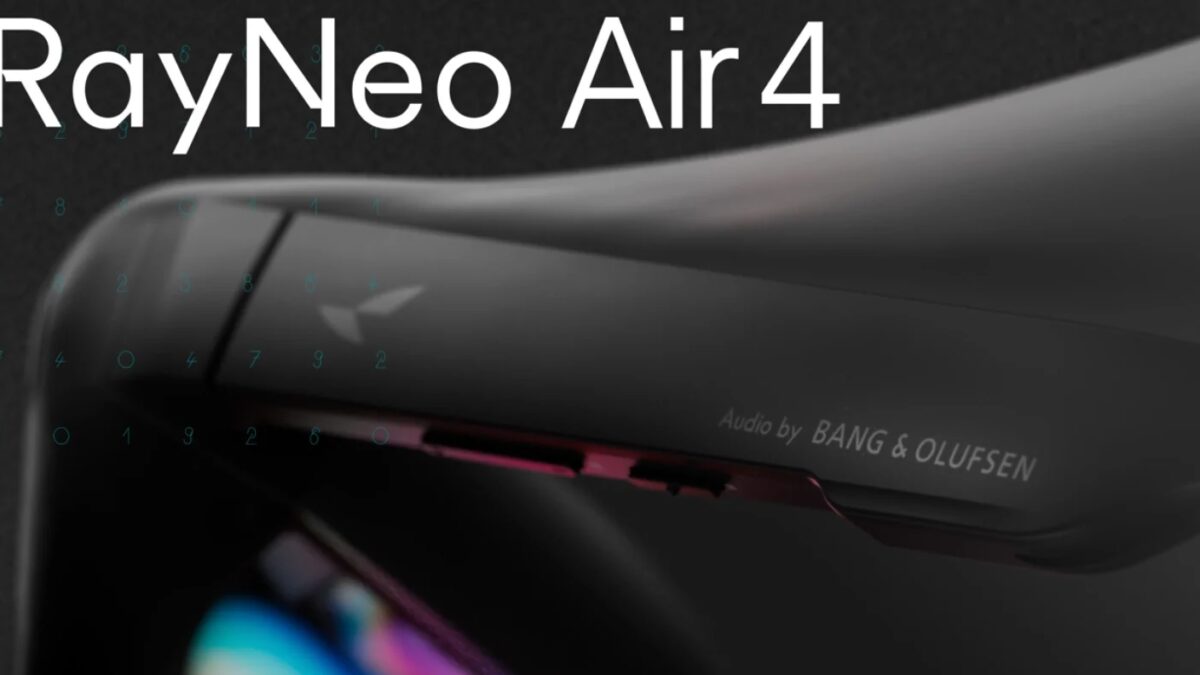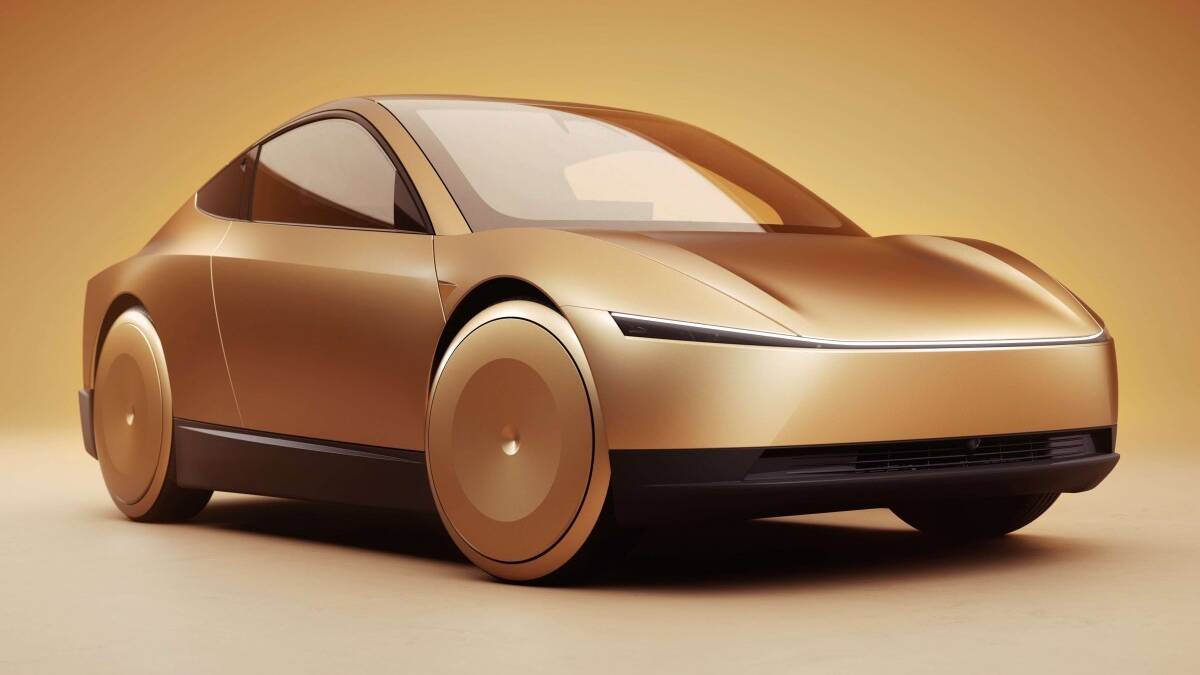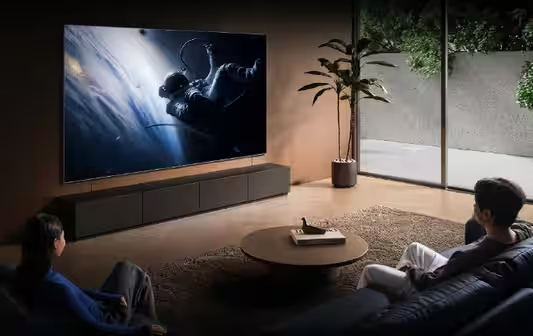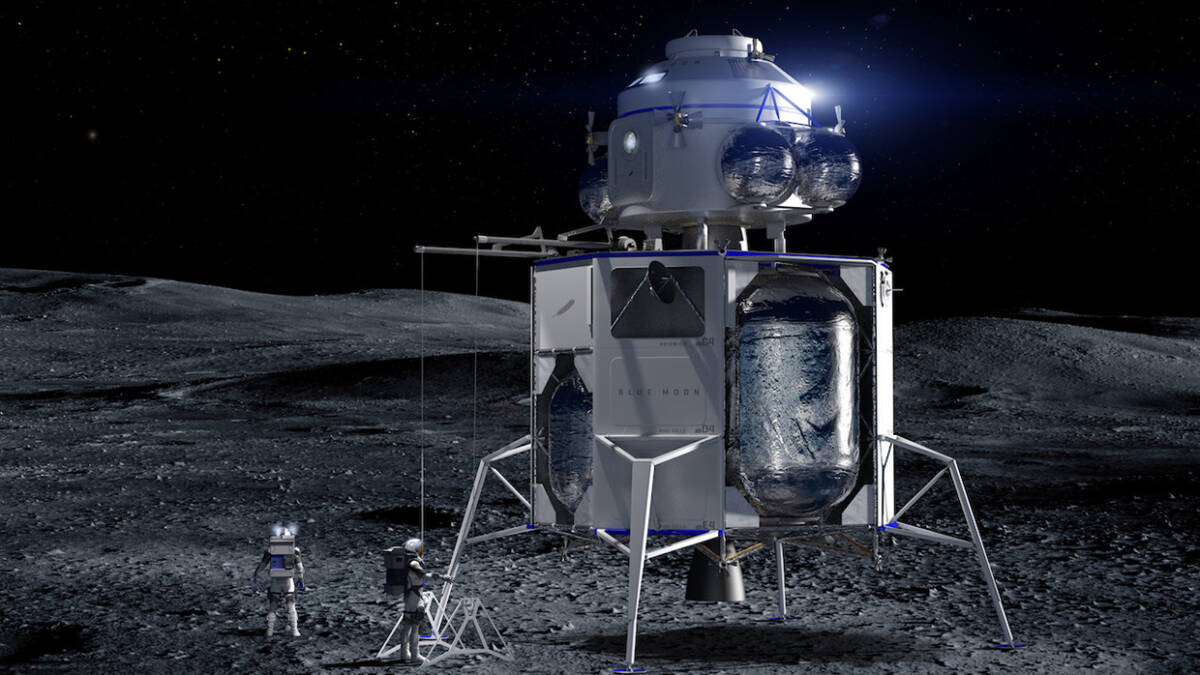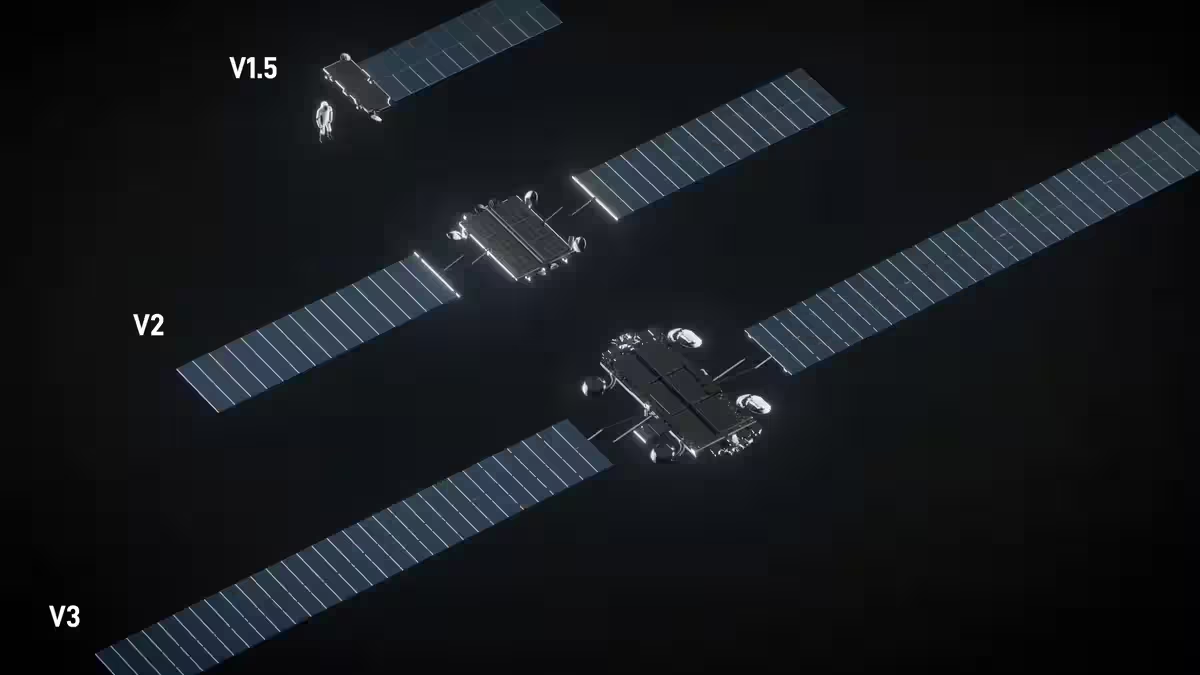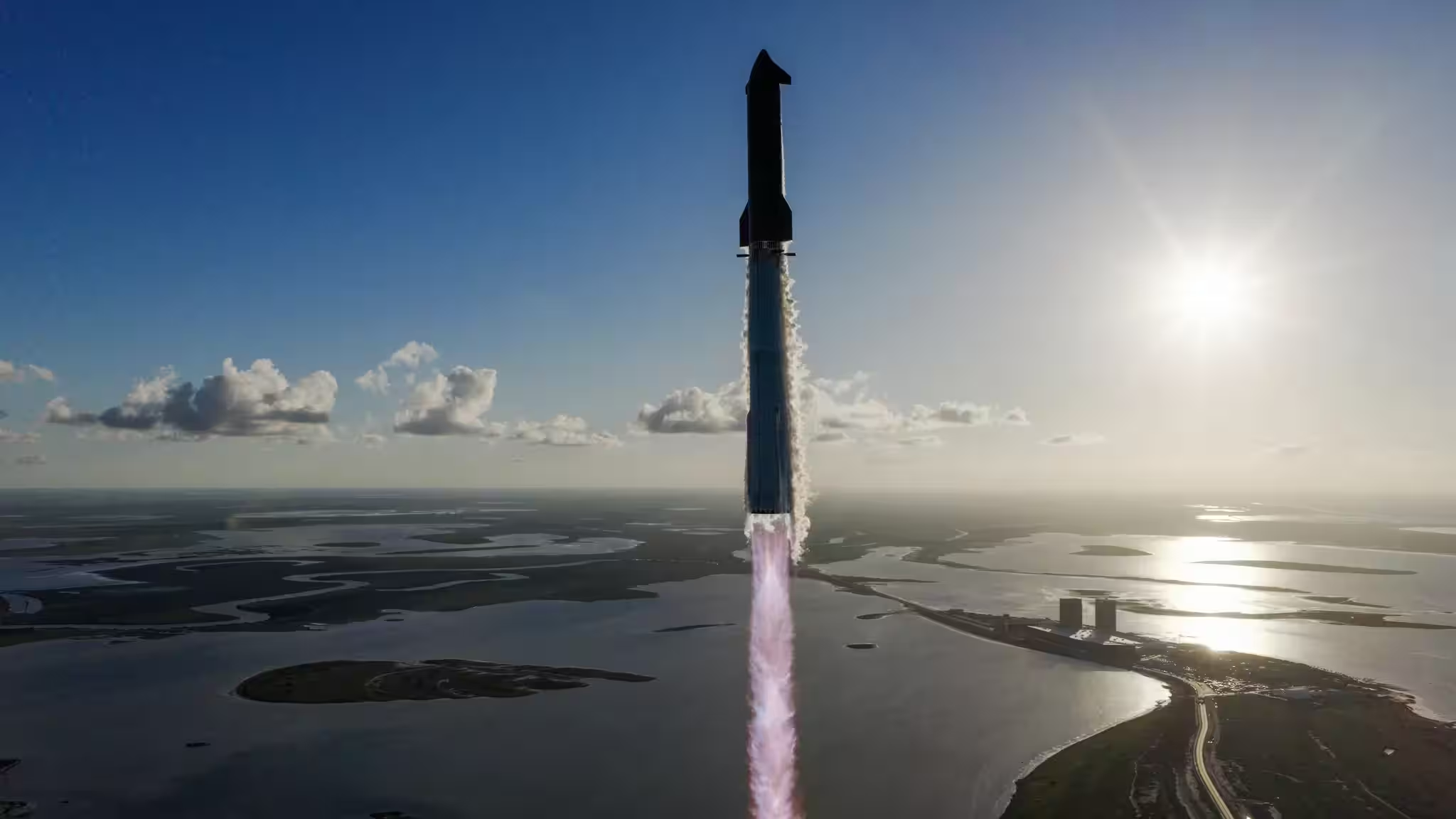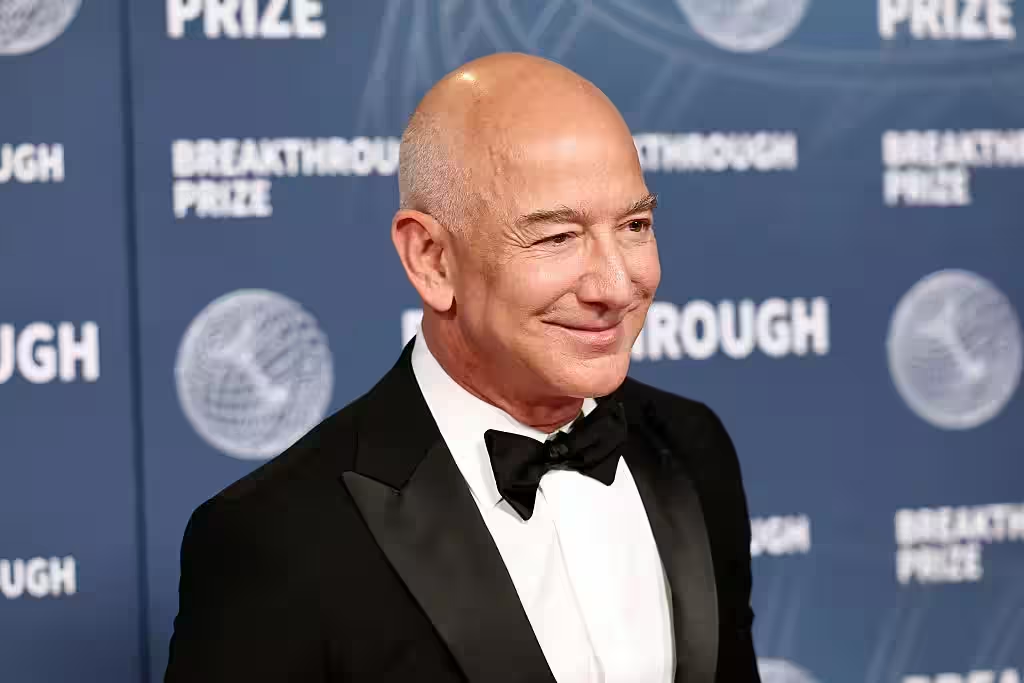SpaceX is in talks with the European Space Agency to combat space debris
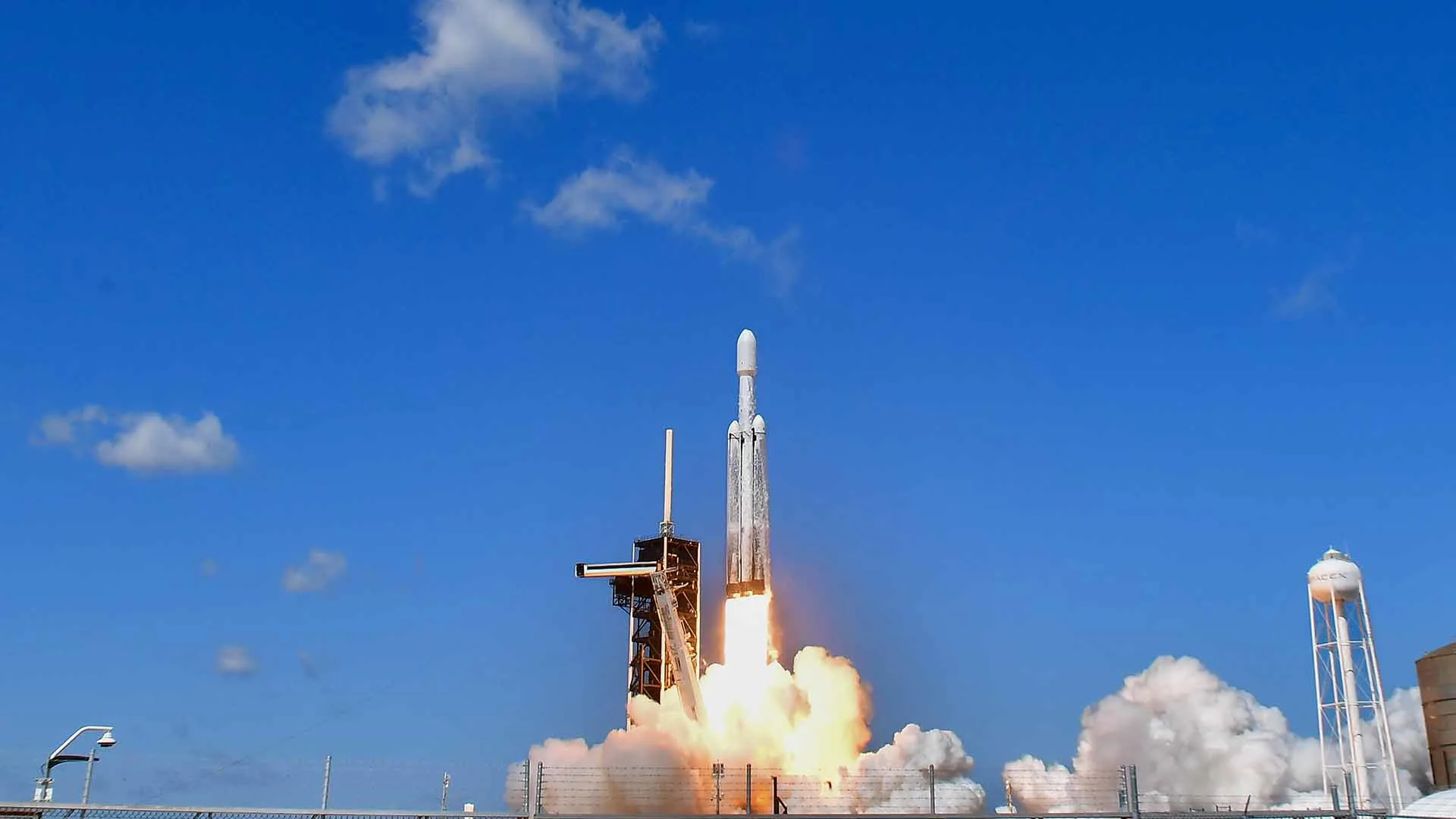
The European Space Agency (ESA) is in talks with SpaceX, a company owned by Elon Musk, about joining an international charter aimed at reducing space debris. The announcement was made by ESA director general Josef Aschbacher in an interview with Reuters. The charter Zero Debris, which is backed by 110 countries and organizations, aims to end the creation of new debris in orbit by 2030.
Zero Debris.
SpaceX’s impact on space
SpaceX, whose satellites Starlink now make up about two-thirds of all active vehicles in low-Earth orbit, has not yet signed the charter, but negotiations are ongoing, according to Aschbacher. Of the 10,300 active satellites in space, about 6,300 of them are owned by SpaceX, making their involvement in the issue crucial.
Some 6,300 of them are owned by SpaceX, making their involvement crucial.
Many countries, such as China and Amazon, are also developing their own satellite systems. Amazon has already signed the Zero Debris charter, planning to launch more than 3,000 satellites as part of the Kuiper project over the next decade.
Space Debris Problem
According to astrophysicist Jonathan McDowell of Harvard, there are currently about 18,897 traceable objects of space debris in orbit. Space debris is defined as not only satellite debris, but also inactive vehicles and rockets that are no longer performing their functions.
Space debris is not only satellite debris, but also inactive vehicles and rockets that are no longer performing their functions.
Although international laws to control space debris have not yet been passed, various countries and agencies are developing proposals and regulations to address the problem. Aschbacher said ESA is not a regulatory body, but the charter, developed with other partners, has already attracted the attention of many industry participants.
According to Aschbacher, ESA is not a regulatory body, but the charter, developed with other partners, has already attracted the attention of many industry participants.
Although commercial satellite systems like Starlink are in the spotlight, much space debris is generated by collisions and tests. One such case was the destruction of a Chinese rocket in August, which produced one of the largest debris fields in recent memory.
The collapse of a Chinese rocket in August, which created one of the largest debris fields in recent memory.
Previous major incidents, such as the destruction of China’s Fengyun-1C satellite in 2007 and the collision of Russian and U.S. satellites in 2009, have increased debris by 70 percent.
Some of the debris fields have increased by 70 percent.


